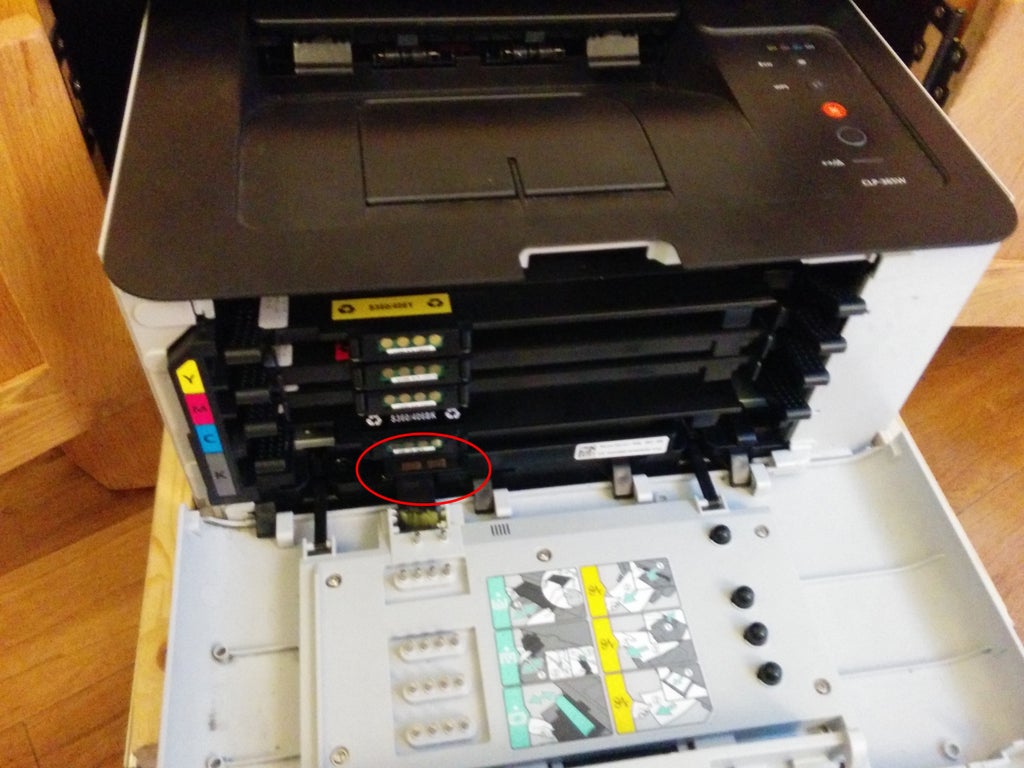
Download Samsung CLP-315 Printer Driver 3.04.85:44 (Printer / Scanner). A Samsung representative at Best Buy will call to schedule your Galaxy S10 try out. Please share your ZIP Code to find a nearby Best Buy to try out your next phone. A Samsung representative at Best Buy can set up a personal demonstration for your next galaxy device.

Driver Samsung Clp 315 Lights
To install this package please do the following:
- Save the downloadable package on an accessible location (such as your desktop).
- Unzip the file and enter the newly-created directory.
- Locate and double-click on the available setup file.
- Allow Windows to run the file (if necessary).
- Read EULA (End User License Agreement) and agree to proceed with the installation process.
- Follow the on-screen instructions.
- Close the wizard and perform a system reboot to allow changes to take effect.

About Printer and Scanner Packages:

Windows OSes usually apply a generic driver that allows computers to recognize printers and make use of their basic functions. In order to benefit from all available features, appropriate software must be installed on the system.
In case you intend to apply this driver, you have to make sure that the present package is suitable for your device model and manufacturer, and then check to see if the version is compatible with your computer operating system.
If that's the case, run the available setup and follow the on-screen instructions for a complete and successful installation. Also, don't forget to perform a reboot so that all changes can take effect properly.
Bear in mind that even though other OSes might be compatible, we do not recommend installing any software on platforms other than the specified ones.
If you have decided that this release is what you need, all that's left for you to do is click the download button and install the package. If it's not, check back with our website so that you don't miss the release that your system needs.
It is highly recommended to always use the most recent driver version available.
Try to set a system restore point before installing a device driver. This will help if you installed an incorrect or mismatched driver. Problems can arise when your hardware device is too old or not supported any longer.
- COMPATIBLE WITH:
- Windows 2K
Windows XP
Windows 2003
Windows Vista
Windows 2008
Windows 7
Windows 7 64 bit - file size:
- 28.4 MB
- filename:
- CLP-310_Print.exe
- CATEGORY:
- Printer / Scanner
Download Driver Samsung Clp 315 For Windows 7
1) Samsung, on their website does state that they do not support Linux, so, as is more often the case, drivers have to be developed by Linux volunteers, independently of the manufacturer.
Personally, as a shopper and consumer, I would prefer to buy equipment from a manufacturer who has a standing track record of being (IMHO) 'Linux fair.'
While I am not about to shout it from the rooftops, let every consumer make his own choices - caveat emtor!
Generally, in the line of printers and scanners, I have had better success in Linux with HP, however there are many issues that are not make and model specific that can cause support installation grief.
2) Using Fedora 17 64 bit, I searched with the add/remove tool, and it turned up some support via Splix. I have seen this before, and I think it is likely to work, T.B.D.
Splix, as I understand it supports the SPL protocol, which, if I remember correctly, is the protocol Samsung uses.
Sometimes I see in printers and SANE backends, that supporting such hardware can have 3 levels involved.
e.g. in the case of SANE, You have XSANE as the GUI, and it has the means in its own level, to support far more features than most scanners are equipped to provide.
Next down, you may have a 'middle end' so to speak, that handles the 'backend' commonalities of one or more series of models from one or more manufacturers which have used the same basic command set.
In the lowest level backend, you will have a separate package for each specific model in that subgroup to support the model-specific features and quirks of a given model.
Now that you have an idea of the 'low-down', it tells us why I suspect that, in my case, Splix may well be an answer.
More later when tested.
I Hope this is of some help to folks.
<< Si personne ici ait besoin de ceci en Français, qu' il y fasse le demande! >>
Si existeria la necessidad de traduction in español, por favor, que le buscaria aquí.